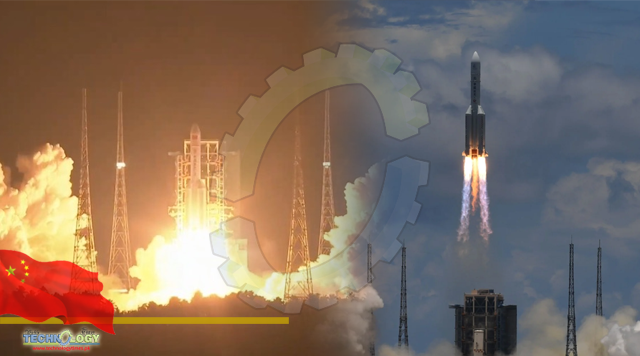China is developing next generation rocket engine to power its ambitious space programme, which includes three planetary missions over the next five years, as well as a permanent station on the moon.

By Liu Zhen
China’s Next Generation Rocket Engine To Power Ambitious Space Programme.
According to state-owned Science and Technology Daily, the China Aerospace Science and Technology Corporation (CSAC) has made significant advances in several key technologies for the new engine, which will have a much higher fuel efficiency than those in service.
“It will better satisfy the demand for power by future rockets and important space missions of China,” said CSAC, the state-owned main contractor for China’s space programme.
China to start building first space station, launch 40 rockets in 20215 Jan 2021
China’s next five-year plan outlines three missions – the retrieval of samples from an asteroid, then from Mars, followed by a fly-by of the Jupiter system – all of which will require significant rocket power.
The unnamed hydrogen/oxygen engine is expected to eventually replace the YF-77 which powers the first stage of China’s Long March CZ-5 family of heavy-lift vehicle rockets.
Instead of the YF-77’s gas-generator cycle, the new rocket will use a staged combustion cycle, which increases efficiency by burning through the propellant more thoroughly, but also poses engineering design and build challenges.
According to the report, CSAC is continuing to work on the YF-77’s reliability to meet China’s ambitious launch plans for 2021, including the core module for its permanent space station Tiangong in the next few months.
China: Meet the country’s youngest female commander on Chang’e 5 moon mission
Construction of the Tiangong is expected to be completed by the end of next year, after 11 launches using the Long March CZ-5B.
A prototype of an optimised YF-77 recently completed a trial firing of 500 seconds – equal to the time required in a real mission – in its fourth such trial so far, the report said, adding that four more would be carried out to test its reliability.
CSAC also completed a first test firing on December 30 of its most powerful solid-fuel rocket engine so far, which lasted more than 130 seconds. The engine is 3.2 metres (10.5 feet) in diameter and has a lifting power of 260 tonnes. It features three stages so that fuel load can be adjusted to suit mission requirements.
Originally published at South China morning post